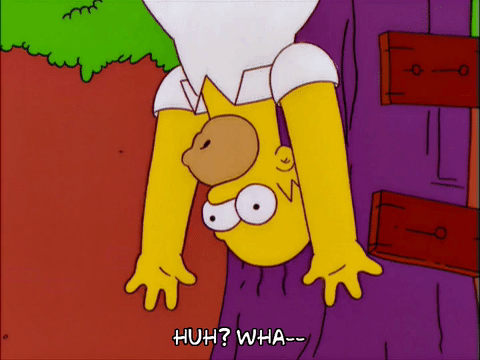
Dadaism was created with the intention of turning both the art world and the world in general on its head. Artists like Marcel Duchamp, Man Ray, Jean Arp, Max Ernst, Hannah Höch, Hugo Ball etc. all decided that World War I and “bourgeois culture” was so absurd that they needed to make work that reflected just that.
It all started in a sleazy bar in Zürich where the effects of war weren’t quite so terrible, because Switzerland. One Hugo Ball put out a flier that read, “Cabaret Voltaire. Under this name a group of young artists and writers has formed with the object of becoming a center for artistic entertainment. In principle, the Cabaret will be run by artists, guests artists will come and give musical performances and readings at the daily meetings. Young artists of Zürich, whatever their tendencies, are invited to come along with suggestions and contributions of all kinds." And just like that a movement was born.
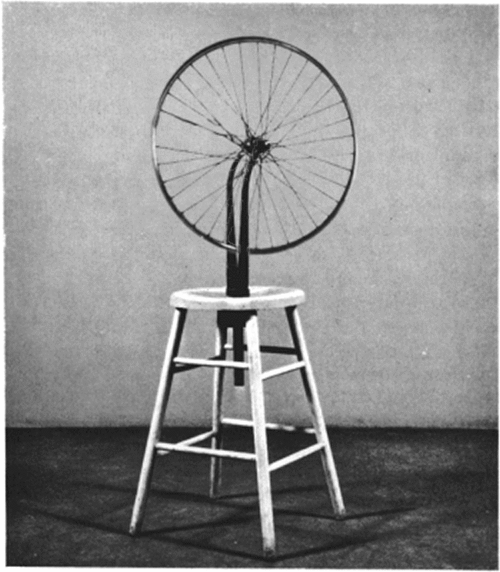
Eventually they chose the name Dada, though the story of how this name came to be is disputed. One version of the story is that Richard Huelsenbeck stabbed a dictionary with a knife and the blade landed on the word dada, which is French for hobbyhorse. Another version is that dada is usually a baby’s first word, which goes with their whole childish absurdity thing. Yet another version is that dada just means “yes, yes.” There is no confirmation on any of these stories so I guess you can just pick your favorite and tell people that one.

Much like a teenager in the peak of angst, Dadaism was anti-everything to the point of even being “anti-Dada.” Most of us can relate to this sentiment at least a little bit. For the first time artists were making works that were not obsessed with aesthetic appeal. They were finding stuff off of the street and calling it art, much to the dismay of proper society. Duchamp’s Fountain just about gave everyone a heart attack. As did his piece, L.H.O.O.Q., which if read in French sounds like “Elle a chaud au cul,” which translates to “She has a hot ass.” Reaaaaal mature Duchamp.
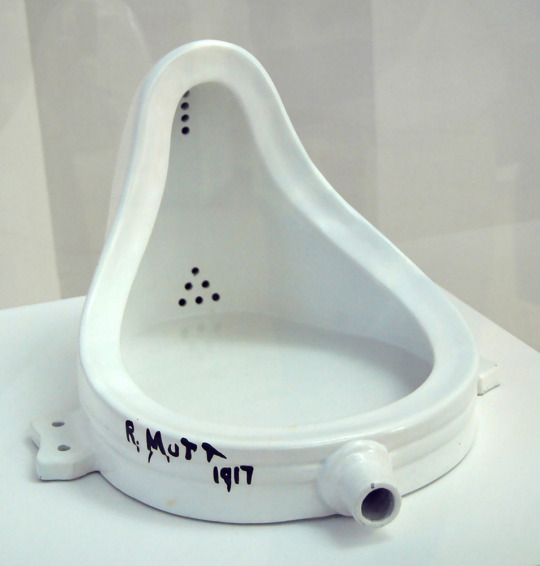
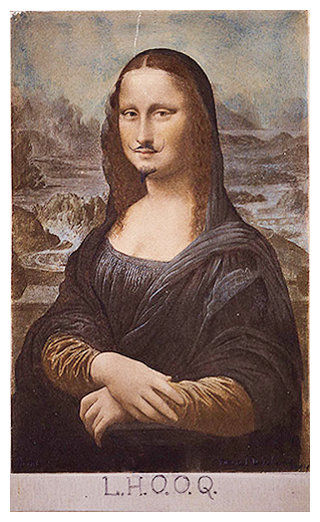
Duchamp’s Fountain and L.H.O.O.Q.
Meanwhile in Berlin, Höch was standing up to the man via her Dada work. For example the collage, Cut with a Kitchen Knife Dada through the Last Weimar Beer Belly Cultural Epoch of Germany brings up the “the decadence, corruption, and sexism of pre-war German culture.” Though the art world was making moves away from a traditional patriarchal society, most still saw women as inferior and as a result didn’t much care for Höch’s piece. It put the Dada men under scrutiny and they just hated that. It wasn’t until Höch’s boyfriend, Raoul Hausmann threatened to pull his works that the Dadaists reluctantly included her in their show.
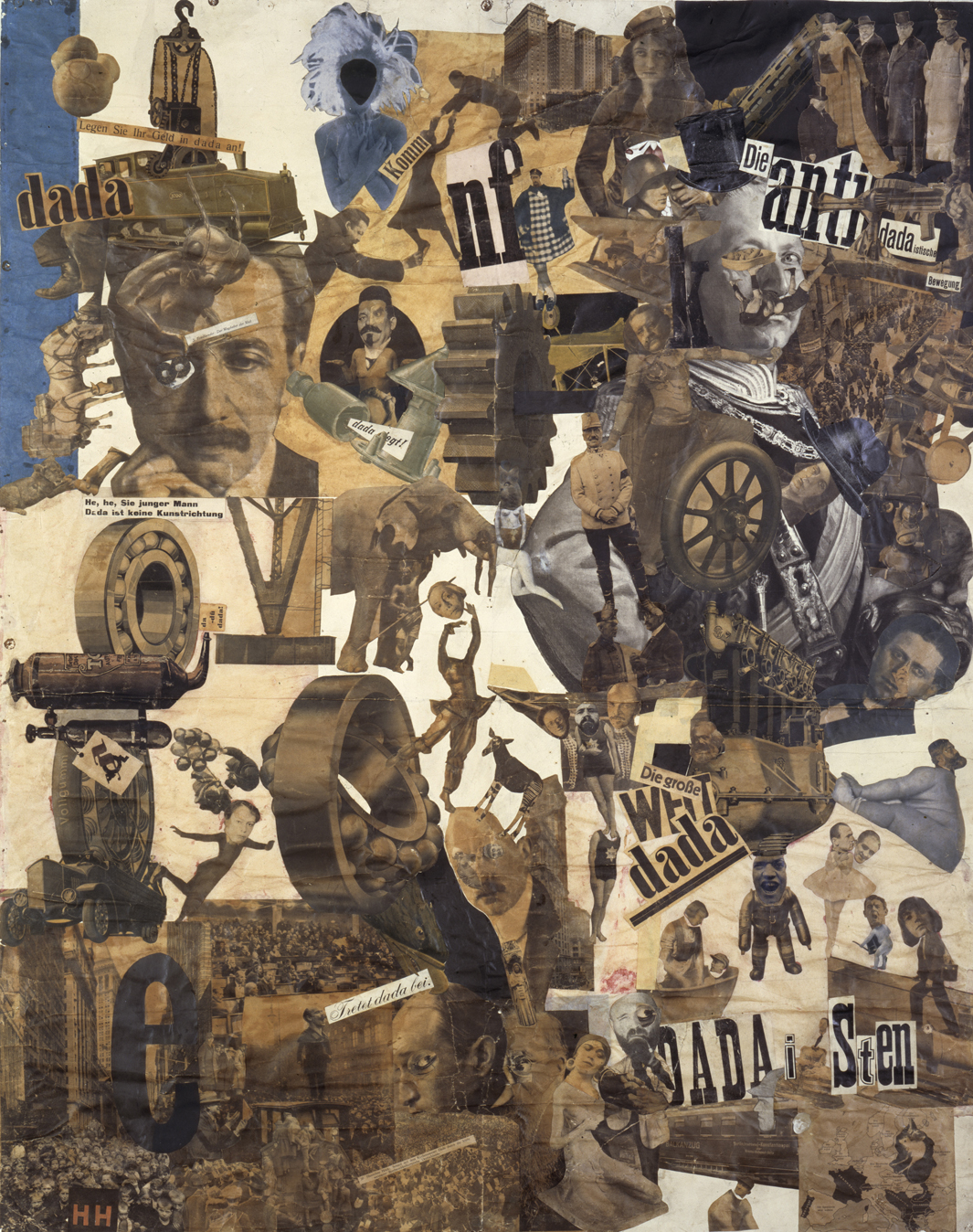
Cut with a Kitchen Knife Dada through the Last Weimar Beer Belly Cultural Epoch of Germany by Hannah Höch
And then there was Jean Arp who decided to let fate make his art for him. He would cut out pieces of paper, drop them from above, and glue them down wherever the pieces landed. This resulted in some art that looks like it was done by toddlers. But again, Dadaism wasn’t about being pretty or realistic. They wanted to make things that made people say “WTF?” and scratch their heads. And as it turns out they were all really good at that in their own peculiar way.
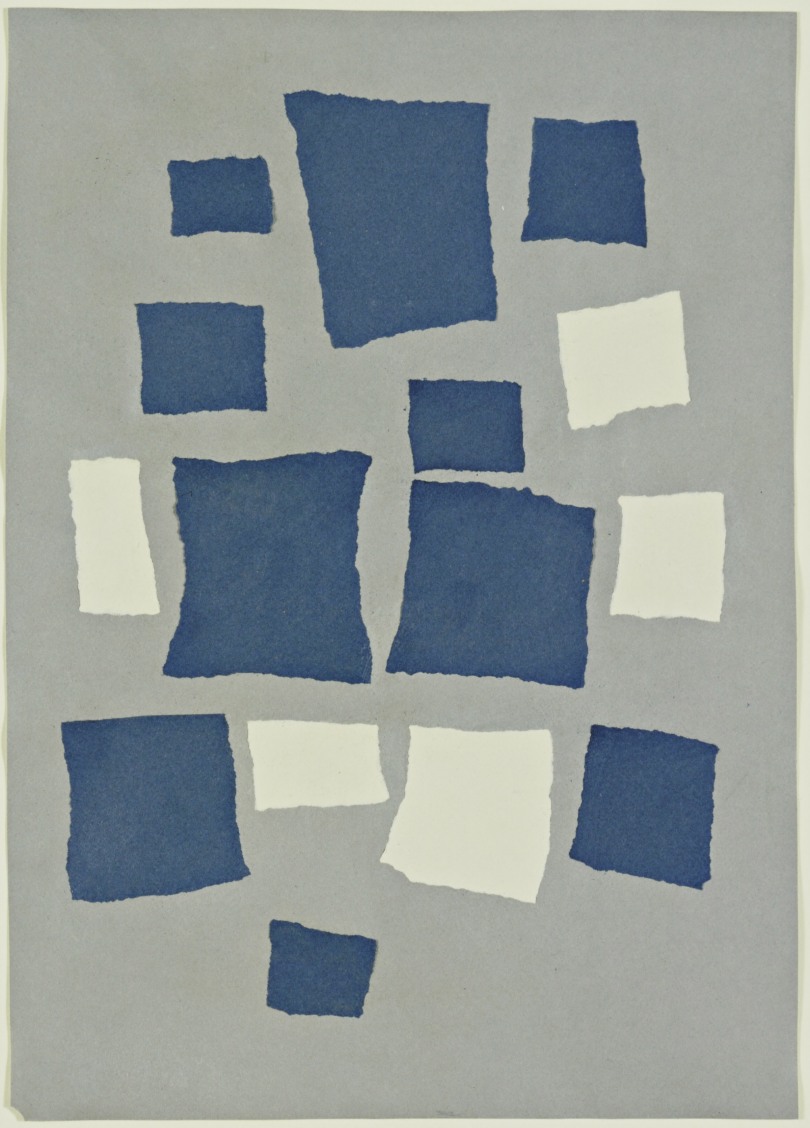
Untitled (Collage with Squares Arranged according to the Laws of Chance) by Jean Arp
Eventually, Dadaism gave way to Surrealism. But even through the reign of Salvador Dali, no one ever forgot the Dadaists; they were just too weird. It’s classic for an art movement to change the definition of what art can be, but the Dadaists did it in a way that made the rest of the world really, really mad.
Sources
- Trachtman, Paul. "A Brief History Of Dada." Smithsonian. N.p., 2006. Web. 31 Oct. 2017.
- "Dada Movement, Artists And Major Works." The Art Story. Web. 31 Oct. 2017.
- "Dada – Art Term | Tate." Tate. Web. 31 Oct. 2017.









